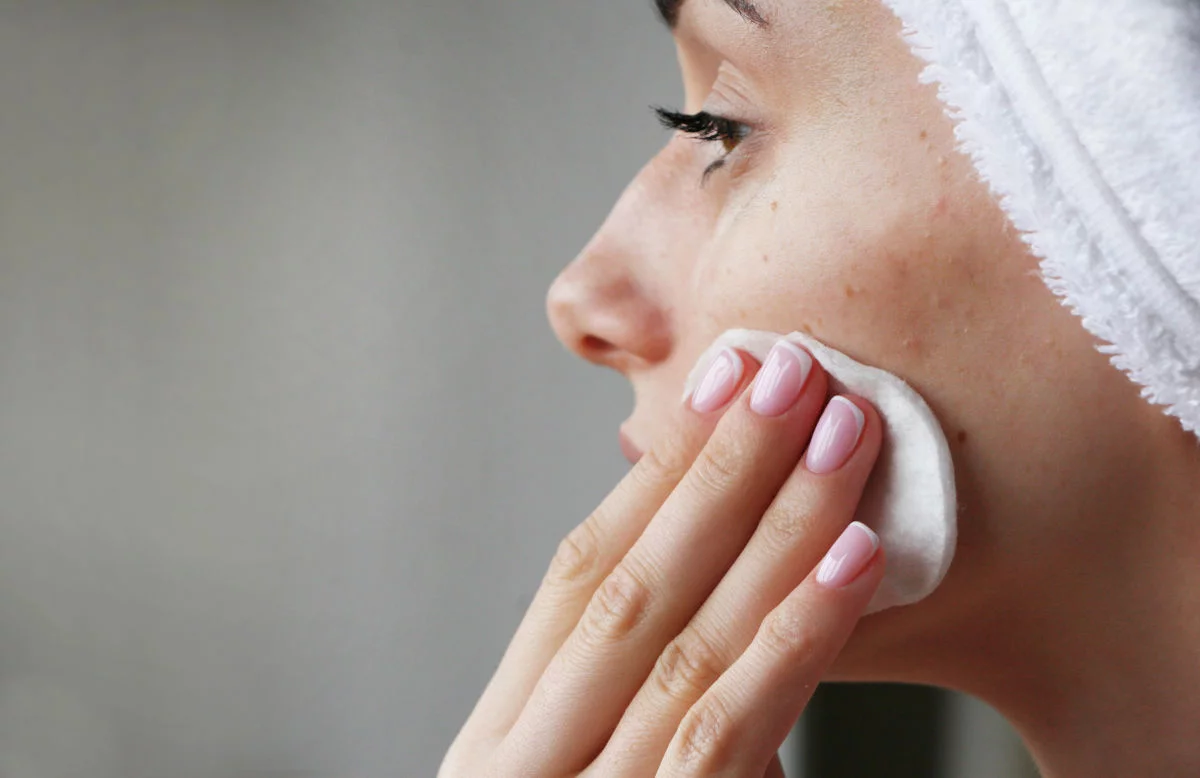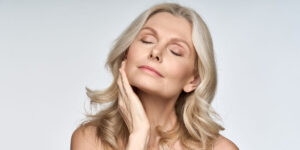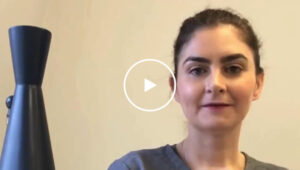Whether you’re in your 40s or teens, acne is not much fun. That said, treatments have improved considerably over the years so, with professional advice, you should be able to find a manageable solution for your skin.
What causes acne?
Acne is generally multifaceted and is best tackled on multiple levels.
Causes include hormones, excess oil production, blocked pores and certain medications.
Acne can be cyclical, especially if hormonally driven and you may have to make adjustments to your skin routine through the month to reduce the severity of breakouts.
What are the types of acne?
There are several different forms of acne and grades can differ from mild to severe. Comedones and blocked pores or hair follicles can be closed (such as whiteheads) or open (in the case of blackheads). You may also have small pimples or papules and these sometimes then progress on to pustules, nodules and even cysts. Red, swollen pimples may be referred to as inflammatory acne. Acne vulgaris is the medical name for common acne – when you have blackheads, whiteheads or other types of spots.
Generally the more severe forms of acne may require more intervention such as specialist oral or topical medications (which have to be prescribed by a dermatologist) however it is best to consult your skin doctor or gp initially.
What is the best way to treat acne?
Your skin specialist will advise whether you need a prescription product or if another approach is recommended e.g. over the counter skincare and / or treatments such as light–based therapy, microdermabrasion, microneedling, fractional skin resurfacing or chemical peels.
Initial management will involve reducing frequency and severity of breakouts. Once this is achieved, we can tackle related concerns such as pigmentation and scarring using some of the above treatments, as appropriate for your particular symptoms.
Prevention is key and a good consistent skin regime will form the backbone of this.
Products such as salicylic acid, benzoyl peroxide, retinol and azaelic acid can be particularly helpful. Stronger topical agents including tretinoin, antibiotics and other agents will sometimes be prescribed as well as oral medications if indicated, dependent on the severity of your acne.
When will I see an improvement in my acne once I start treatment?
Skin cycles are roughly 6 weeks in length and on average it can take 3-4 skin cycles to notice a difference in your skin.
Why has my skin worsened during acne treatment?
I generally warn my patients that, when starting medical-grade products, their skin may initially become worse before settling again – this is due to a phenomenon called purging. Purging basically means the toxins from deeper layers are being brought to the surface. It can take several skin cycles to note an improvement in your skin and I normally recommend staying consistent with your routine.
What are the most effective treatments for acne in clinic?
A particularly helpful in-clinic treatment is our HydraCelluma, combining a HydraFacial – tailored to your skin needs – with blue light from the Celluma LED device. The wavelength of blue light has an antimicrobial effect, making it effective at reducing several types of bacteria that can collect in your pores and oil glands contributing to breakouts.
Polynucleotides are an exciting, next generation injectable treatment which treat skin at a cellular level and produce good results for acne scarring. Clinics like ours also offer chemical peels, microneedling, fractional skin resurfacing, etc and, as aesthetic doctors, we also prescribe topical or oral products, depending on what your skin needs.
How do I get help for acne?
If you’re experiencing some form of acne and would like advice, contact your GP, dermatologist or an aesthetic clinic such as ours for assistance. Acne can be distressing but remember that there are many effective treatments so help is available.






